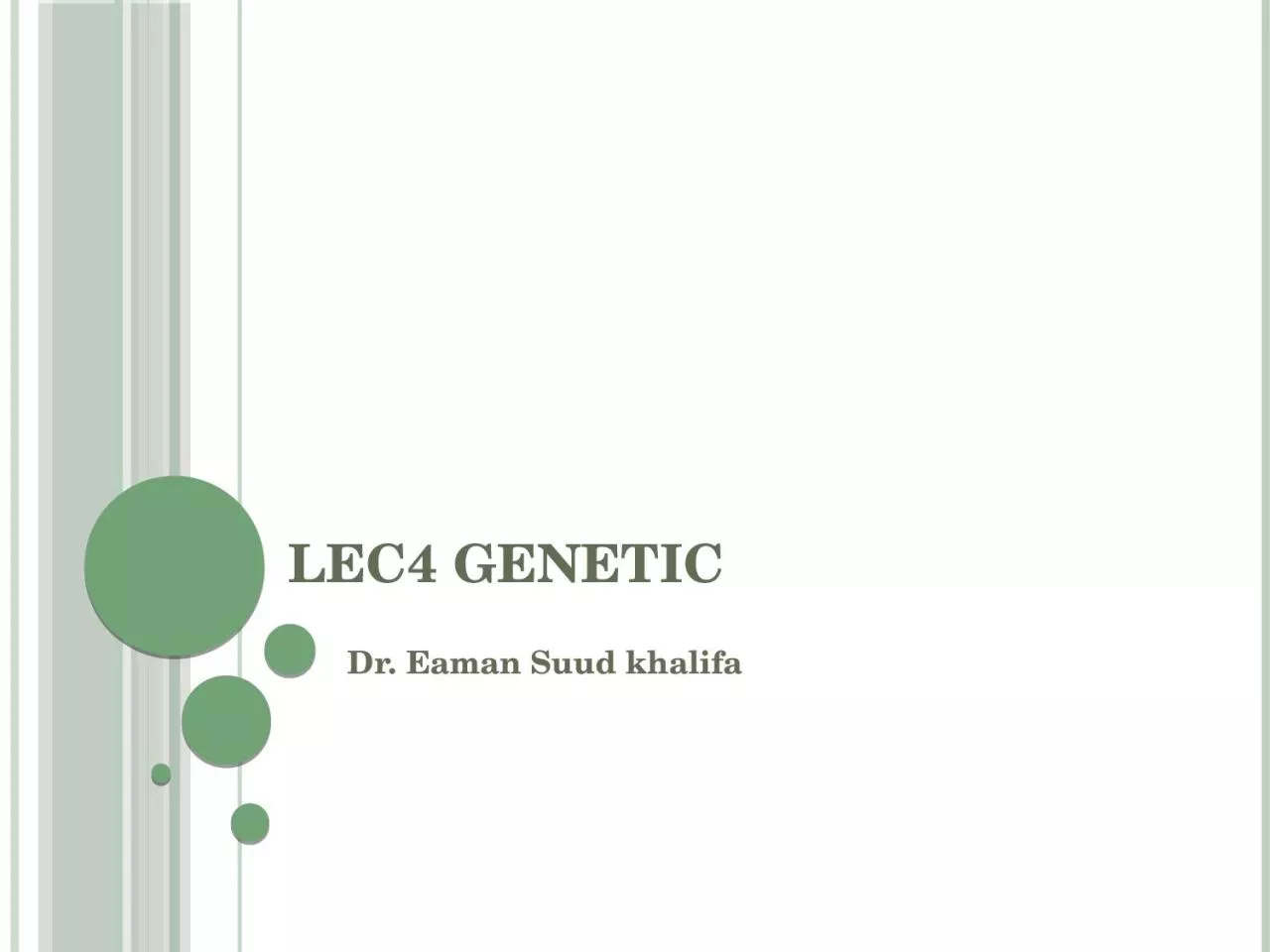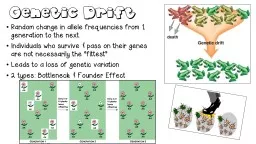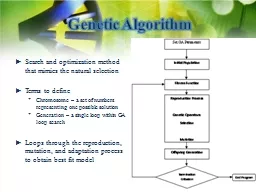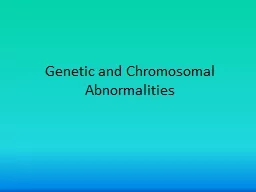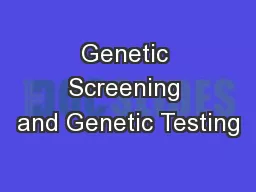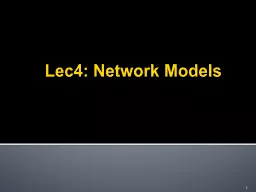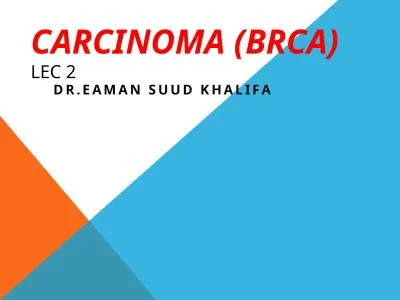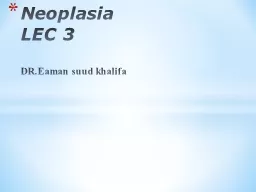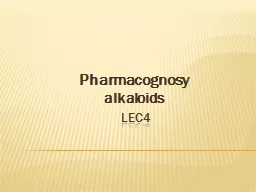PPT-LEC4 genetic Dr. Eaman
Author : esther | Published Date : 2024-03-13
Suud khalifa 2 Diseases caused by mutation in mitochondrial genes Mitochondria contain several genes encodes for enzymes of oxidative phosphorylation usually the
Presentation Embed Code
Download Presentation
Download Presentation The PPT/PDF document "LEC4 genetic Dr. Eaman" is the property of its rightful owner. Permission is granted to download and print the materials on this website for personal, non-commercial use only, and to display it on your personal computer provided you do not modify the materials and that you retain all copyright notices contained in the materials. By downloading content from our website, you accept the terms of this agreement.
LEC4 genetic Dr. Eaman: Transcript
Download Rules Of Document
"LEC4 genetic Dr. Eaman"The content belongs to its owner. You may download and print it for personal use, without modification, and keep all copyright notices. By downloading, you agree to these terms.
Related Documents

